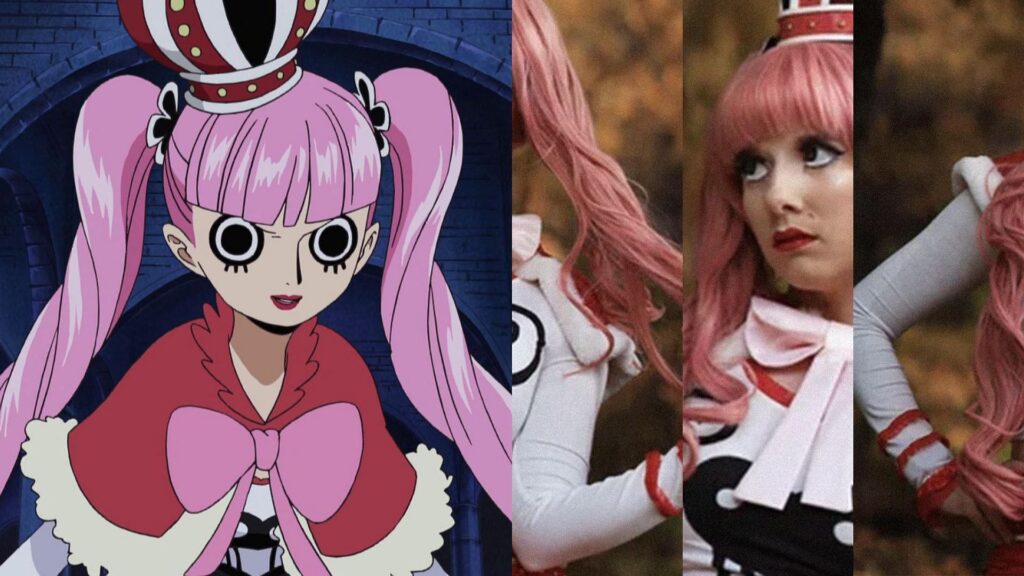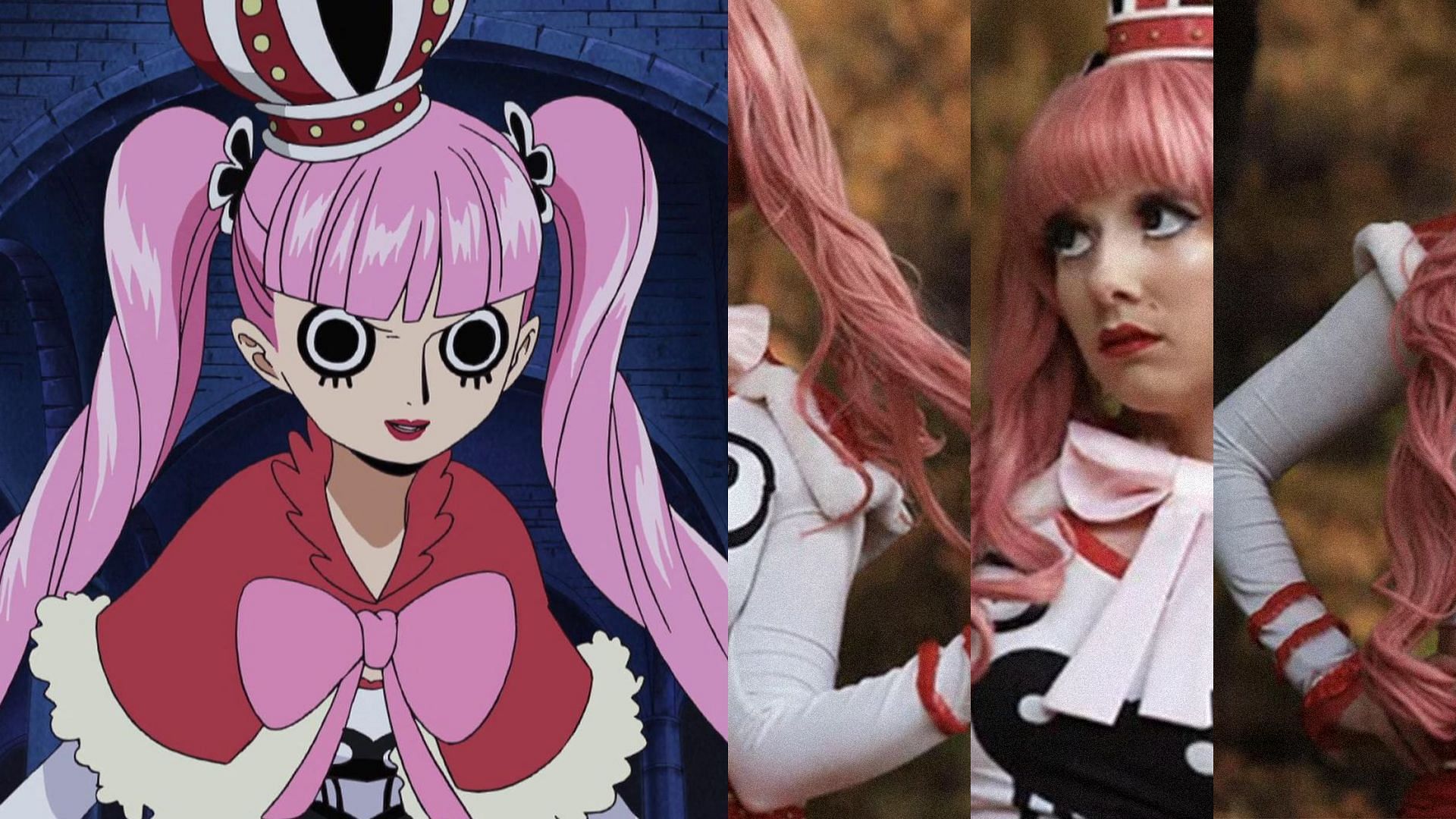
Rouge: Unveiling the Secrets of This Essential Makeup Product
Rouge, also known as blush, is a cosmetic product that adds color to the cheeks. It is a staple in many makeup routines, used to create a healthy, radiant, and youthful appearance. From subtle flushes to dramatic contours, rouge can transform the face and enhance natural features. This article delves into the history, types, application techniques, and trends surrounding this versatile makeup essential.
A Brief History of Rouge
The use of rouge dates back to ancient civilizations. In ancient Egypt, both men and women used ochre and other natural pigments to stain their cheeks and lips. This practice signified status and beauty. Similarly, in ancient Greece and Rome, crushed berries and other plant-based dyes served as early forms of rouge. During the 18th century in Europe, particularly in France, rouge became a symbol of aristocracy and elaborate makeup was the norm. The Victorian era saw a more subdued approach, with subtle tints achieved through natural methods.
Types of Rouge
Today, rouge comes in various formulations to suit different skin types and preferences:
- Powder Rouge: This is the most common type of rouge, known for its versatility and ease of application. Powder rouge is suitable for all skin types, especially oily skin, as it helps absorb excess oil.
- Cream Rouge: Cream rouge provides a dewy, natural finish. It is ideal for dry or mature skin as it adds moisture and blends seamlessly into the skin.
- Gel Rouge: Gel rouge offers a sheer, long-lasting color. It is lightweight and works well on all skin types, providing a natural-looking flush.
- Liquid Rouge: Similar to gel rouge, liquid rouge is highly pigmented and offers a buildable color. It is best applied with a light hand to avoid over-application.
- Tinted Rouge: Tinted rouge, often in the form of cheek stains, provides a long-wearing, natural flush that lasts for hours.
Choosing the Right Rouge Shade
Selecting the right shade of rouge is crucial for achieving a flattering look. Consider your skin tone and undertone when making your choice:
- Fair Skin: Light pinks, peaches, and cool-toned roses work well on fair skin. Avoid overly bright or dark shades that can appear harsh.
- Light to Medium Skin: Rosy pinks, corals, and berry shades complement light to medium skin tones. Experiment with warmer tones for a sun-kissed effect.
- Medium to Olive Skin: Peaches, bronzes, and warm roses enhance medium to olive skin tones. These shades add warmth and dimension to the complexion.
- Dark Skin: Deep berry shades, vibrant oranges, and rich reds look stunning on dark skin. These colors provide a bold and beautiful flush.
Understanding your skin’s undertone (warm, cool, or neutral) can further refine your rouge selection. Warm undertones pair well with peachy and golden shades, while cool undertones are complemented by pinks and berries. Neutral undertones can pull off a wide range of colors.
Application Techniques for Rouge
The way you apply rouge can significantly impact your overall look. Here are some techniques to consider:
The Apple of the Cheeks
This classic technique involves smiling and applying rouge to the fullest part of your cheeks, known as the apples. Blend the color outwards towards your temples for a natural flush. This method is suitable for most face shapes.
Contouring with Rouge
For a more sculpted look, apply rouge along the cheekbones, blending upwards towards the temples. This technique adds definition and enhances facial contours. Use a matte rouge for a more natural contour.
Draping
Draping involves applying rouge from the apples of your cheeks up to your temples, creating a C-shape along the side of your face. This technique lifts the face and adds a youthful glow. Use a soft, blendable rouge for best results.
Sun-Kissed Look
To achieve a sun-kissed effect, apply rouge across the bridge of your nose and cheeks. This technique mimics the natural flush you get after spending time in the sun. Choose a warm-toned rouge for an authentic sun-kissed appearance.
Tools for Applying Rouge
The right tools can make a significant difference in the application of rouge:
- Blush Brush: A soft, fluffy brush is essential for applying powder rouge. Look for a brush with a rounded or angled shape for precise application.
- Stippling Brush: This brush is ideal for applying cream or liquid rouge. The densely packed bristles help blend the product seamlessly into the skin.
- Sponge: A makeup sponge can be used to blend cream or liquid rouge for a natural, airbrushed finish.
- Fingers: For a quick and easy application, use your fingertips to dab cream or gel rouge onto your cheeks. The warmth of your fingers helps blend the product into the skin.
Trends in Rouge
Rouge trends are constantly evolving. Here are some of the current trends to watch:
Monochromatic Makeup
This trend involves using the same shade of rouge on your cheeks, lips, and eyes for a cohesive and harmonious look. Choose a versatile shade that complements your skin tone and can be used in multiple ways.
Natural Flush
The natural flush trend focuses on achieving a subtle, healthy-looking glow. Use a sheer rouge or a tinted balm to add a touch of color to your cheeks without looking overly made-up.
Bright and Bold Rouge
For a more dramatic look, experiment with bright and bold shades of rouge. Coral, fuchsia, and orange can add a pop of color to your complexion and make a statement.
Glossy Rouge
Glossy rouge adds a dewy, radiant finish to the cheeks. Use a cream or gel rouge with a glossy texture, or layer a clear gloss over your favorite rouge for a luminous effect.
Common Mistakes to Avoid
While rouge can enhance your appearance, it’s essential to avoid common mistakes:
- Applying Too Much: Start with a small amount of rouge and build up the color gradually. It’s easier to add more than to remove excess product.
- Using the Wrong Shade: Choosing a shade that doesn’t complement your skin tone can make you look unnatural. Test different shades to find the best match for your complexion.
- Poor Blending: Unblended rouge can look patchy and uneven. Use a soft brush or sponge to blend the color seamlessly into your skin.
- Applying to the Wrong Area: Applying rouge too close to your nose or too far down your cheeks can distort your facial features. Focus on the apples of your cheeks or along your cheekbones for the most flattering effect.
The Science Behind Rouge
The effectiveness of rouge lies in its ability to mimic the natural flush of blood flow to the cheeks, which is often associated with youth, health, and vitality. By adding color to the cheeks, rouge can create the illusion of a more vibrant and energetic appearance. Furthermore, strategic application of rouge can enhance facial structure by creating highlights and shadows, thereby defining cheekbones and slimming the face.
Beyond Cosmetics: Rouge in Art and Culture
The use of rouge transcends mere cosmetic application; it holds significance in art and cultural expression. In theater, rouge has long been used to exaggerate facial features under stage lighting, ensuring that actors’ expressions are visible to the audience. In various cultures, specific shades and styles of rouge application can signify marital status, social standing, or participation in ceremonial events. This historical and cultural context underscores the deep-rooted connection between rouge and human expression.
Conclusion
Rouge is a versatile and essential makeup product that can enhance your natural beauty and add a touch of color to your complexion. By understanding the different types of rouge, choosing the right shade, and mastering various application techniques, you can create a flawless and radiant look. Whether you prefer a subtle flush or a bold statement, rouge is a powerful tool for expressing your personal style. Experiment with different shades and techniques to find what works best for you, and enjoy the transformative power of this timeless makeup essential. [See also: Makeup Application Tips] [See also: Choosing the Right Blush Brush]

